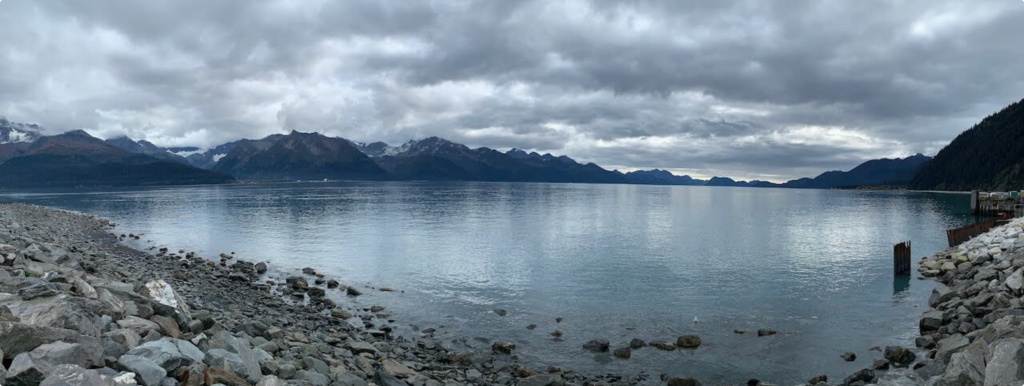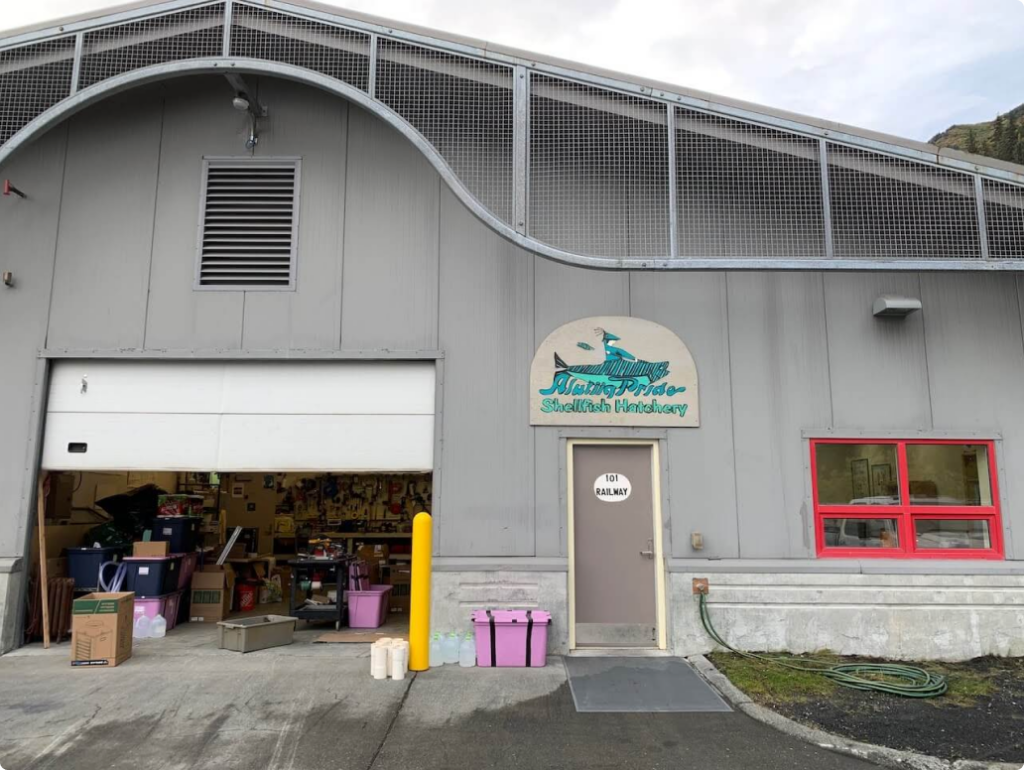Saltwater intake
Back to: Introduction to Kelp Hatcheries
Your geographic location will significantly impact the logistics of running your operation. In essence, when running a hatchery, you’re creating a small-scale marine lab. This will be much easier to do in a place with access to reliable utilities, power, and a hardware store than in a remote location where you will need to order all of your supplies in advance and transport them long distances. Hatcheries in more remote areas may also have difficulty sourcing essential items or have to pay significantly more for heavy items that are expensive to ship, such as glass aquarium tanks. If you’re looking to build a hatchery to service a remote farm site, consider siting your hatchery in a nearby town and working out the logistics to transport your seed to the farm instead.

-
-
Wild sorus tissue
-
Hardware store
-
Backup power supply
-
Plumber, electrician, and other skilled helpers
Consider Your Space
Once you decide where your hatchery will lay on a map, you’ll next have to think about the bones of the space you’ll be working in.
The overall square footage will dictate how large your operation can ever be. It is often wise to start small the first year to get a feel for things and then scale as you go. Even so, try and have some long-term goals in mind when choosing a space. The larger your space, the more spools you will be able to produce (either now or in the future), but that also leads to increased costs in labor, supplies, and utilities.

One big consideration in designing a hatchery is how you will keep the water in your culture tanks cool. There are two main strategies: plumb in a system of chillers, or operate in a temperature-controlled room that can maintain a constant temperature of 50°F. Finding or creating a temperature-controlled room can mean more investment upfront, but it will pay off in the long run. Using chillers is a good solution for small operations but can quickly become expensive to plumb and maintain many different units.
The space you choose should also be kept separate from any possible contamination points. Ideally, it will be in a space that does not share a boat, farm, or fishing gear. In short, you want to minimize the chance that unfiltered seawater containing algae cultures or other marine organisms could hitchhike into your hatchery space and contaminate your spools.